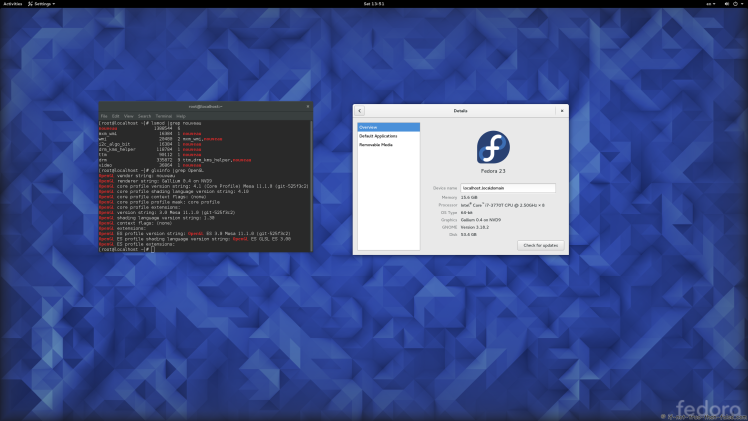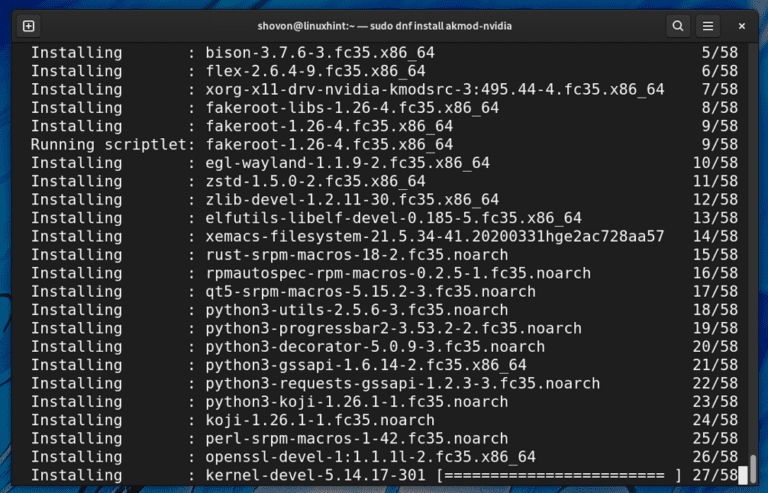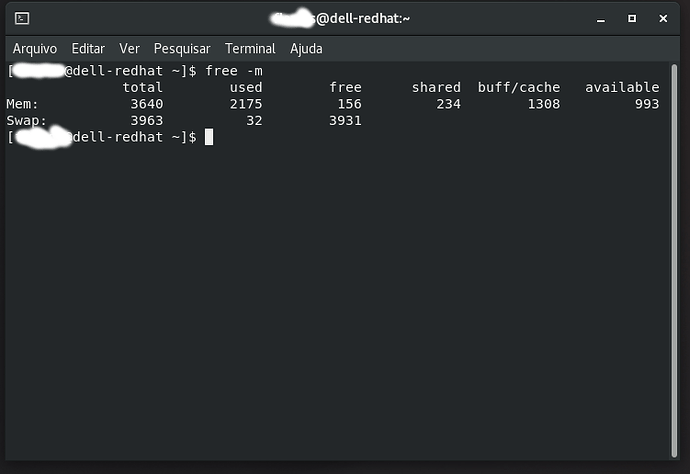
However, the procedure shown in this article should work on any NVIDIA GPU newer than it. I used an NVIDIA GTX 750Ti GPU for demonstration. This article will show you how to install NVIDIA GPU drivers and NVIDIA CUDA libraries on Fedora. If you are a software developer and require the NVIDIA CUDA libraries, use the following command to install them from the RPM Fusion package repository: $ sudo dnf install xorg-x11-drv-nvidia-cuda in conclusion: Nvidia settings on fedora Installing NVIDIA CUDA Libraries: If the NVIDIA drivers are correctly installed, the NVIDIA X Server Settings app should run without errors and display information about your NVIDIA GPU, as shown in the screenshot below. Click on the NVIDIA X Server Settings app icon as marked in the screenshot below. Once your computer boots, you should find the NVIDIA X Server Settings app in the Application Menu of Fedora. You can also enable NVIDIA repositories in Software -> RepositoriesĪfter installing the RPM Fusion repositories, run the following command to refresh the DNF package repository cache: $ sudo dnf makecacheĪfter you’ve upgraded your system and installed the RPM Fusion package repositories, use the following command to install NVIDIA drivers from the RPM Fusion repository: $ sudo dnf install akmod-nvidia

To confirm the installation, press **Y **and then press. To install the RPM Fusion Non-Free repository, run the following command: $ sudo dnf install $(rpm -E %fedora).noarch.rpm Run the following command to install the RPM Fusion Free repository: $ sudo dnf install $(rpm -E %fedora).noarch.rpm To install NVIDIA drivers on Fedora, you must first install the RPM Fusion package repository. The RPM Fusion package repository contains NVIDIA driver packages. If any updates are required, the DNF package manager should display a summary of the upgrade, Otherwise, it will inform you that your system is current.įor the changes to take effect, reboot your computer with the following command: $ reboot

Run the following command to upgrade all of your Fedora installed packages to the most recent version: $ sudo dnf update Otherwise, you may encounter difficulties getting NVIDIA drivers to work on Fedora. You can use the following command to see if your computer has an NVIDIA GPU installed: $ lspci | egrep 'VGA | NVIDIA'Īs you can see, my computer has an NVIDIA GeForce GTX 750 Ti GPU installed.Ĭhecking installed gpu Updating the System:īefore installing NVIDIA drivers on Fedora, I strongly advise you to upgrade your Fedora operating system’s existing packages. Checking Installed GPUs and Used Drivers:

I’ll also demonstrate how to install NVIDIA CUDA Drivers on Fedora. In this article, I will demonstrate how to install NVIDIA drivers on Fedora. If you have an NVIDIA GPU installed on your computer, the first thing you should do after installing Fedora is install the NVIDIA GPU driver.


 0 kommentar(er)
0 kommentar(er)
